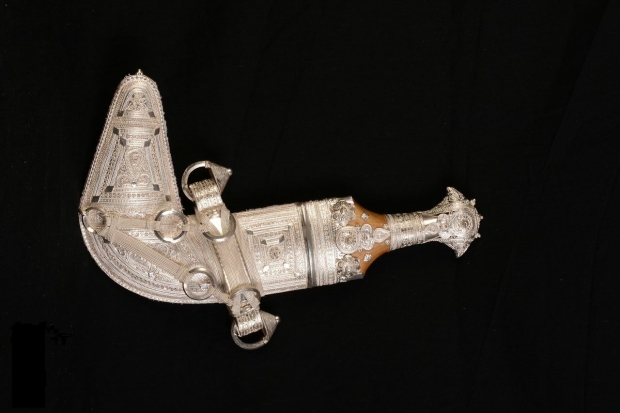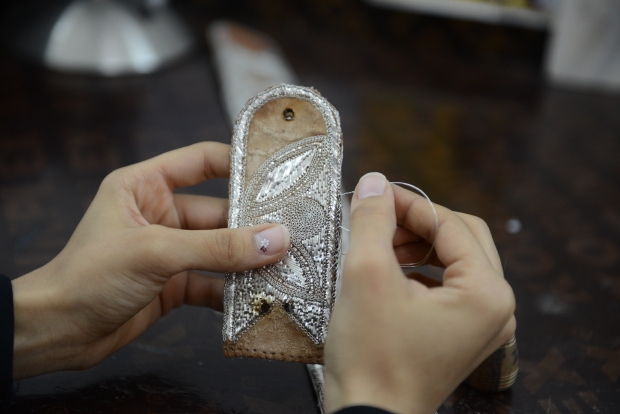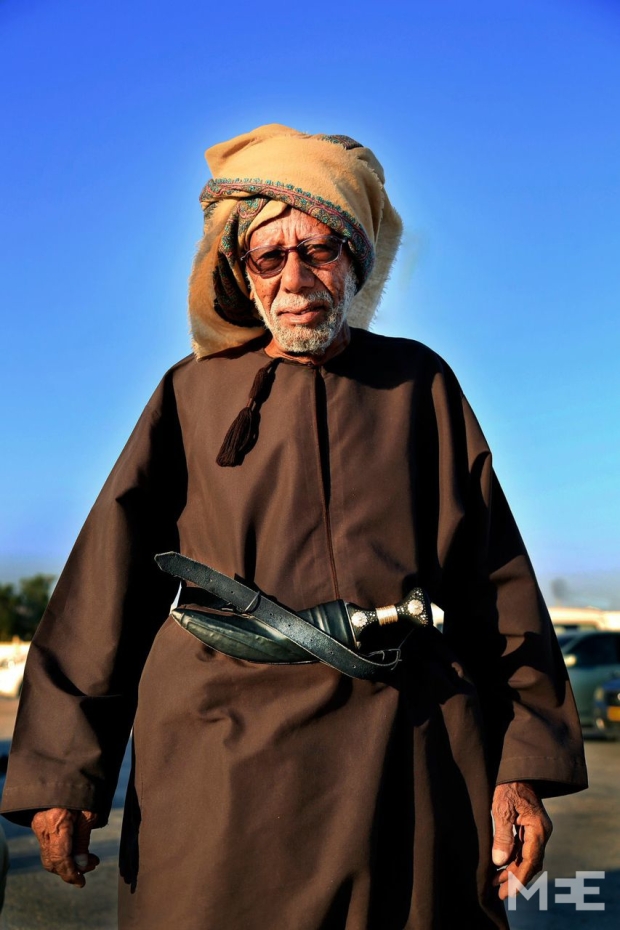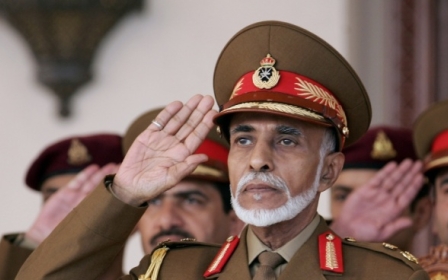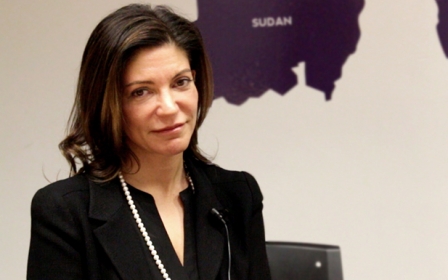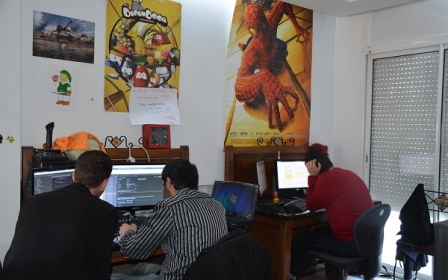Saving Oman's traditional daggers: Women cut to the chase
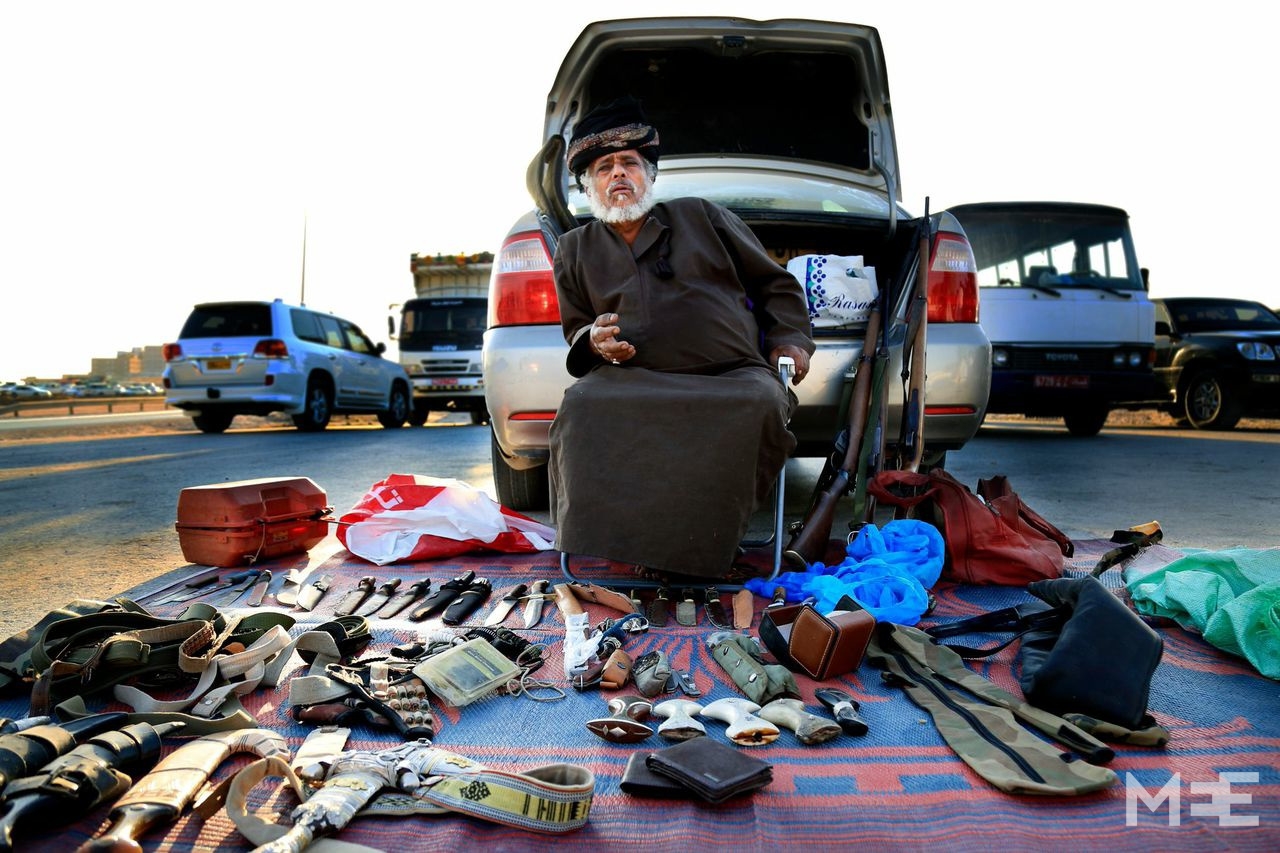
Looking into the wizened faces of the men gathered at Salalah’s weapons souk, seated in deckchairs in a disjointed line, is like gazing back in time.
They are curt and gruff, lacking the characteristic Omani warmth, but not particularly bothered by the intrusion of foreign journalists. They have been stationed there so long, not much perturbs them anymore. Even the young ones seem aged.
Every morning, except for Fridays when the session shifts to the evening to make way for prayers, these men set up their makeshift stalls and display Oman’s weapons of yore: old rifles, rounded swords, and the traditional Omani daggers, called khanjars. Sometimes even livestock is traded.
In the lifetimes of these traders, Oman has been catapulted from a tribal desert outpost into a progressive, unified nation, after current ruler Sultan Qaboos bin Said al-Said overthrew his own father in 1970. Instead of camels, they now use SUVs to transport their merchandise.
What this might be like for them, it's hard to tell for a visiting journalist – the men don’t speak English and don’t want to converse at any rate. Ahmed al-Awaid wanders up and down the 20 or so stalls, making an occasional approach to different traders.
He is trying to sell back an old rifle he bought for his grandmother who doesn’t want it, he said. He claimed he bought it from the souk for 400 rials ($1040), but now is being offered not more than 150. If this is the case, the old-timers are shrewd.
“They have guns, knives, swords, anything you want to buy. The old men here have many weapons in their homes to sell. They keep them there to control the prices,” al-Awaid lamented.
So why doesn’t he keep the gun for himself?
“For tradition [these weapons] are still important but it’s from the past, khallas,” he said using the Arabic word for “over”. “We don’t need it.”
Then he reconsidered – guns may be important as protection for farmers herding livestock, given the presence of the Arabian wolf in this southern part of the country, just a mountain range away from Yemen.
“Everybody has a gun in their house. But a lot of them have automatic guns from Yemen. It’s cheap.”
Weapons like the khanjar serve even less purpose if, like al-Awaid, you have no status.
“If you’re an important man, if you have meetings or weddings or on National Day you have to wear [a khanjar].”
The khanjar, a symbol of Oman seen on its national flag, is significant on National Day, which has been marked on 18 November - Sultan Qaboos’s birthday - ever since he came to power. But al-Awaid takes a gun.
If these weapons traders represent a forgotten way of life, nothing is more representative of Omani tradition under threat than the khanjar.
The dagger has moved from being a weapon of defence to a ceremonial ornament. With the advancement of the country and economy, fewer men have opted to train as craftsman as lucrative careers in the energy, public and financial sectors beckoned. Khanjars still fill Oman’s tourist shops and souks (markets), but a lot of the production has gone the way of the global souvenirs trade - to China. Khanjars are also commonly made in Pakistan and India.
Last year Omani news magazine Y cited a report emanating from the Ministry of Commerce and Industry that showed more than half of Oman’s cottage businesses had closed in the past 10 years because of competition from overseas manufacturers.
But Sultan Qaboos and his government have taken steps to keep their cultural heritage alive in the face of these threats. In 2003, the Public Authority of Craft Industries (PACI) was established with the remit of doing just that.
“There has been continuous interest from the government in reinforcing the craft industries – both for economic and social reasons – and to protect it from extinction and create a strong bond between the past and the present,” a PACI spokesman said.
Several years ago, they began training programmes in a variety of disciplines, including in the production of the highly-decorated silver and leather khanjars, which curve characteristically at an almost right angle. About 80 people have been trained in khanjar-making - the majority of whom are female.
“His Majesty Qaboos Bin Saeed implemented intensive care to preserve all aspects of the Omani traditions… We have a civilised heritage and crafts are a fruit of history.”
Above all, “the Omani Khanjar is considered one of the most wonderful craft creations”.
Historical competition to create ever-better khanjars led to highly-differentiated versions throughout the country, and making authentic khanjars is a sophisticated art.
Nasra Bin Ahmed Bin Salim al-Whibi, 39, is one of the women who have benefited from a PACI course – free to unemployed Omani nationals.
Al-Whibi said she chose khanjar-making because it is well known, but also for another reason.
“The Omani woman wants to prove herself in making khanjars - this encouraged me to practice. My trainer, Nadia al-Rawahiy is a good example.”
Muscat-based al-Whibi rejected an offer she received for a private sector job with a “high salary” in favour of learning the craft.
“The world and the Omani market needs this craft. I hope this craft will be a source of money for me and my children.”
In addition, al-Whibi hopes to get the chance, through PACI, to participate in local and international crafts exhibitions.
Alongside her is 33-year-old Fareeda Musallam Saleem al-Hashmi, who was trained through a PACI programme in 2011.
Al-Hashmi said she initially decided to learn to make khanjars to improve her creative skills and soon realised she had made the right decision.
“Making khanjars is important because it is the way we keep our identity, and it is important because I think it is how we represent our history.”
She is confident that the dagger is so central a part of Omani life, that her livelihood will not be in danger any time in the foreseeable future - particularly not from overseas manufacturers.
“I don't think that they are able to make the same exactly. I think Omanis are better and more creative in making khanjars using some of the conditions that only Omanis know about. During my training, I realised that Omanis have more details and knowledge about making them than anyone else.”
Shadiya al-Shabibi is the head of the Omani Women’s Association of Wilayat al-Mudhaibi, in the east of the country.
Her association has been training women to make traditional clothing, but intends to start offering khanjar-making courses soon.
She said it is a good career path for women.
“Women can make khanjars and can also rely on it as an income or an additional income. All that it requires are skills, time and materials - they don’t have to have factories.”
While khanjar-making has traditionally been a male pursuit, there is no taboo against women producing khanjars and they are equally adept at the task, she said.
“In Oman, women have been encouraged to work and make many crafts regardless of whether it is a ‘men’s’ or ‘women’s’ craft. They have access to all the resources and have been encouraged to start their own [small and medium businesses].”
Al-Shabibi said she also believes the art of khanjar-making will stay alive and well in Oman, “as long as there is support from the government and funding”.
“People here have the sense of keeping traditional crafts alive.”
For her, looking into the faces of the current generation of women taking on the mantle of traditional craft-making isn’t gazing back in time - it is looking into the future.
New MEE newsletter: Jerusalem Dispatch
Sign up to get the latest insights and analysis on Israel-Palestine, alongside Turkey Unpacked and other MEE newsletters
Middle East Eye delivers independent and unrivalled coverage and analysis of the Middle East, North Africa and beyond. To learn more about republishing this content and the associated fees, please fill out this form. More about MEE can be found here.



